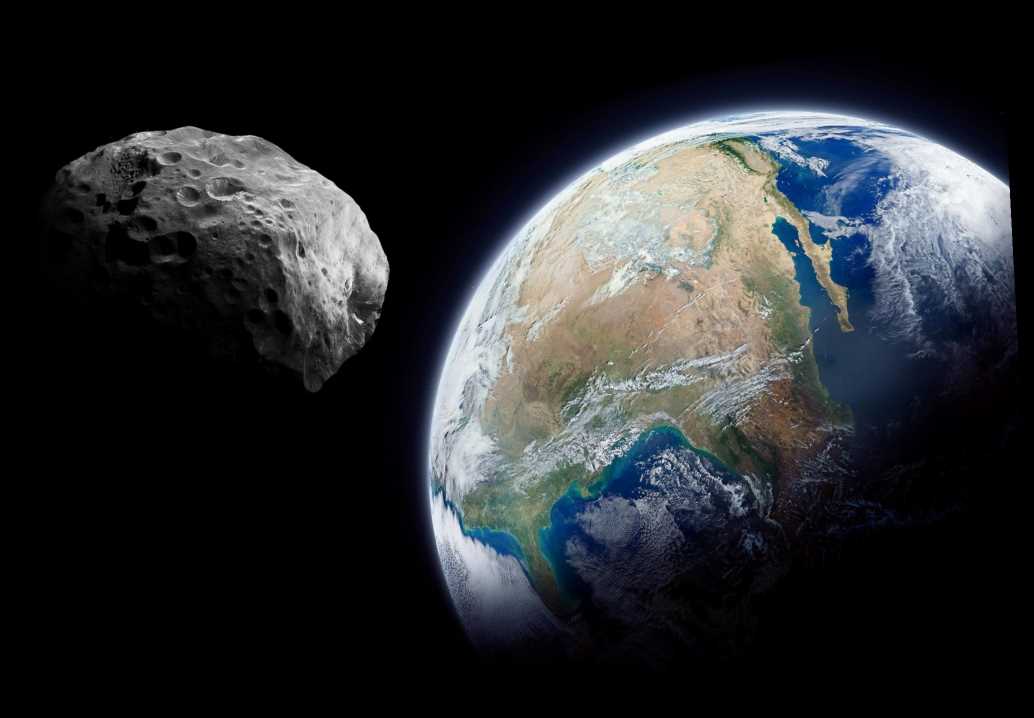An asteroid the size of a double-decker bus has skimmed perilously close to Earth – and NASA almost missed it.
The space rock cruised past at speeds of 19,000 mph, passing three times closer to our planet than the distance from Earth to the Moon.
Terrifyingly, NASA admitted the flyby over the weekend wasn’t picked up by its asteroid-tracking radars until it was too late to act.
The rock was only spotted a day before it rocketed past our planet, according to NASA’s Jet Propulsion Laboratory.
NASA had just enough time to calculate its orbit and determine it posed no threat to Earth before the flyby took place.
Known as 2019 VA, the 42-foot object passed within 65,100 miles of Earth on the afternoon of November 2.
That may sound like quite a distance, but to put it into context, the Moon orbits Earth at a distance of around 240,000 miles.
NASA considers anything that passes within 120 million miles of Earth a “Near Earth Object” that may threaten our planet.
Worryingly, 2019 VA was only slightly smaller than the famous Chelyabinsk meteor that detonated over Russia in 2013.
More than 1,500 people were injured by the explosion, with 7,200 buildings damaged by the enormous shock wave it produced.
This weekend’s flyby is one of several close passes nearly missed by NASA this year.
Last month, the agency admitted it almost missed a huge asteroid that skimmed past Earth.
A 450-foot space rock deemed “the largest to pass this close to Earth in 100 years” was missed in September due to poor weather conditions.
While these close misses are more than a little unnerving, there’s no need to panic just yet.
NASA believes none of the thousands of NEOs that it keeps an eye on are currently on a collision course with our planet.
“NASA knows of no asteroid or comet currently on a collision course with Earth, so the probability of a major collision is quite small,” it says.
“In fact, as best as we can tell, no large object is likely to strike the Earth any time in the next several hundred years.”
Even if they were to hit our planet, asteroids of this size would not wipe out life as we know it.
“Global catastrophes” are only triggered when objects larger than 3,000-feet long smash into Earth, according to NASA.
Source: Read Full Article
